NANCY L. GREEN is professor of history at the cole des hautes tudes en sciences sociales. She is the author or coeditor of several books, including Ready-to-Wear and Ready-to-Work: A Century of Industry and Immigrants in Paris and New York, Jewish Workers in the Modern Diaspora, and Citizenship and Those Who Leave.
The University of Chicago Press, Chicago 60637
The University of Chicago Press, Ltd., London
2014 by The University of Chicago
All rights reserved. Published 2014.
Printed in the United States of America
23 22 21 20 19 18 17 16 15 14 1 2 3 4 5
ISBN-13: 978-0-226-30688-9 (cloth)
ISBN-13: 978-0-226-13752-0 (e-book)
DOI: 10.7208/chicago/9780226137520.001.0001
Library of Congress Cataloging-in-Publication Data
Green, Nancy L., author.
The other Americans in Paris : businessmen, countesses, wayward youth, 18801941 / Nancy L. Green.
pages ; cm
Includes bibliographical references and index.
ISBN 978-0-226-30688-9 (cloth : alk. paper) ISBN 978-0-226-13752-0 (e-book)
1. AmericansFranceParisHistory19th century. 2. AmericansFranceParisHistory20th century. 3. FranceCivilizationAmerican influences. I. Title.
DC34.5.A44G73 2014
305.813044'361dc23
2013045373

This paper meets the requirements of ANSI/NISO Z39.481992 (Permanence of Paper).
Those were the caviar years.
OLGA GOW
[To] the casual visitor from American... [i]t is all exciting and amusing.... Arriving in Paris, to live there, is quite another matter...
MARY BROMFIELD
I used to think that there was only two Real Drinks,
and those were Beer and Wisky....
I still think there are only two...
Burgundy and Bordeaux.
LANSING WARREN
INTRODUCTION
In March 1892, a crowd gathered to fte the departure of the US minister plenipotentiary to France, Whitelaw Reid. A seven-course farewell dinner was organized at the Htel Continental by American bankers, lawyers, and the famous dentist Dr. Thomas W. Evans, former confidant of Napoleon III. It was an important get-together of the elite of the American community in Paris. Influential journalists and businessmen such as silver king John Mackay and bankers William Seligman and John Harjes were there. Speeches praised the American colony itself, the greatest we have in any foreign city. Toasts were raised to Reids long, skillful negotiation of the importation of American pork products to France. The French minister of Foreign Affairs admitted, with a touch of humor, that Reid had been able to persuade France to open its borders even at the risk of seriously displeasing poor little French pigs. Another image of Americans in Paris comes into view, far from that of the Left Bank literati.
There is an untold tale of Americans in the City of Light, a history of expatriation that parallels the story of those who came to France for creative inspiration. But with an important twist. While many Americans came to France in search of (European) civilization, many more came to disseminate the American version of it. Even as the writers and artists of the well-known Lost Generation expressed angst over modernity and Americas role in it, other Americans overseas were participating in the debate over modernity in another way: by selling it or trying to.
Nine-tenths of the interwar Americans in Paris were gathering not in literary salons but in clubs and organizations important for any internationalized as they called it.
Doing business and busily socializing, the men of the American Chamber of Commerce, the legionnaires, the women of the Daughters of the American Revolution (DAR) chapters, and the members of the American Womens Club of Paris (AWCP) were all expatriates of another sort. They may have been less self-reflexive than the famous writers who wrote about their experiencethey left fewer explicit tomes about it, unless you count the American Chamber of Commerces Bulletin. They were nonetheless torn, as we will see, between flag-waving nostalgia for the United States and defense of the France they had made their home. From those who came before World War I to those who left at the outbreak of World War II, these Americans in Paris did not just become Americans there. They brought America with them, they engaged with the locals, and they arguably set the stage for postWorld War II Americanization abroad.
OLD WORLD AS NEW FRONTIER: AMERICANIZATION?
The distance between the Right Bank bankers and the Left Bank writers seems, at first glance, unbreachable. Yet the two banks were linked. As historian Warren Susman precociously suggested, an economic invasion of Paris helped form the background for the cultural pilgrimage. After the Great War, the troops withdrew, but the number of visiting Americans to France grew, as did the permanent community. And the more Americans there were in Paris, the more interest there was back home for news from the European front, helping keep many a Left Bank journalist employed in Paris with time to spare for creativity. Without necessarily meeting in the same salons or cafs, the Left and Right Bank Americans were part of a common time-space capsuleeven if for the most part, as we will see, they ignored if not disdained one another. And both cringed at the ubiquitous tourists.
The Right Bank frontiersmen furthermore provide a necessary prequel to later twentieth-century debates over Americanization. The word has had very different meanings, starting from the early days of the American Republic, when it meant rendering American that which had been British. By the 1920s, Americanization in the United States meant vigorously trying to make Americans out of immigrants. Ultimately, however, these domestic definitions of the term have had to compete with a different, international one, referring to the impact of America on other parts of the world. Baudelaire had used the term Americanized in a pejorative sense as early as 1855, as part of his more general critique of the modern idea of progress at the worlds fair that year. A decade later, the Goncourt brothers were even more explicit when referring to the upcoming Paris Worlds Fair of 1867: [T]he Americanization of France meant industry prevailing over art, the steam thresher whittling down paintings pride of place.
After World War I, Gertrude Stein was more prosaic. She defined the Americanization of France as automobiles which kept [the French] from staying at home, cocktails, the worry of spending money instead of saving it... the introduction of electric stoves and the necessity of not cooking too long,
When did Americanization begin? By the 1930s the term meant industrialization and standardization, and it was seen as a threat to European economy and culture. Criticism proceeded apace as the deed followed the word. Americanization has been decried but also its limitations probed, its reception analyzed. The historians debate has largely focused on the postWorld War II period. explaining everything from the Cold War to the demise of French film.
Yet the first half of the century was key in laying the groundwork. Interest has recently returned to the pre-1945 period, with the rediscovery of the American empire leading scholars to explore earlier periods for understanding the spread of the American dream, to use Emily Rosenbergs felicitously facetious phrase.


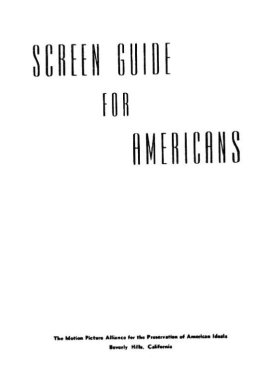

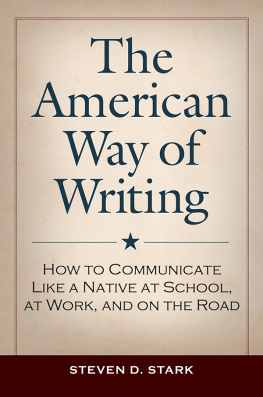

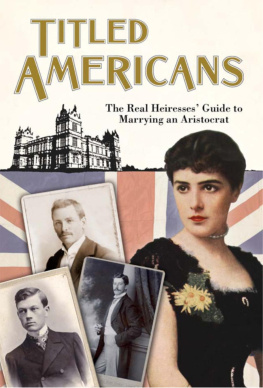
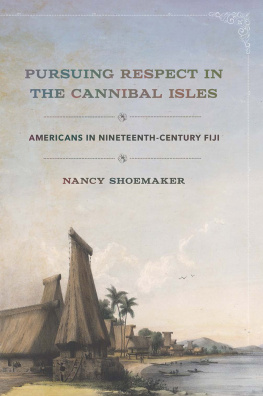
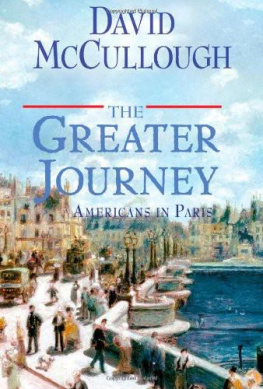


 This paper meets the requirements of ANSI/NISO Z39.481992 (Permanence of Paper).
This paper meets the requirements of ANSI/NISO Z39.481992 (Permanence of Paper).